Image Archive
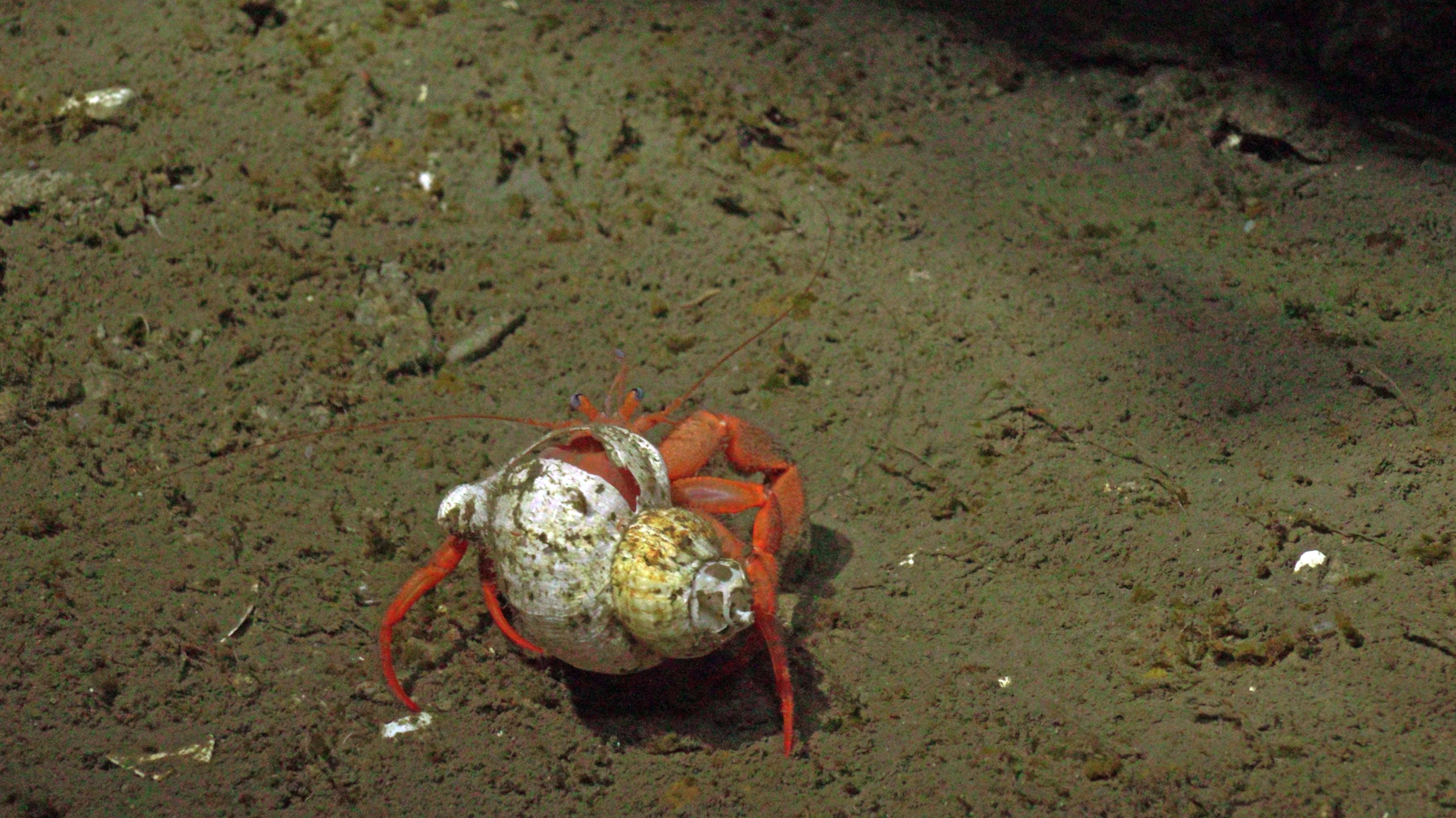

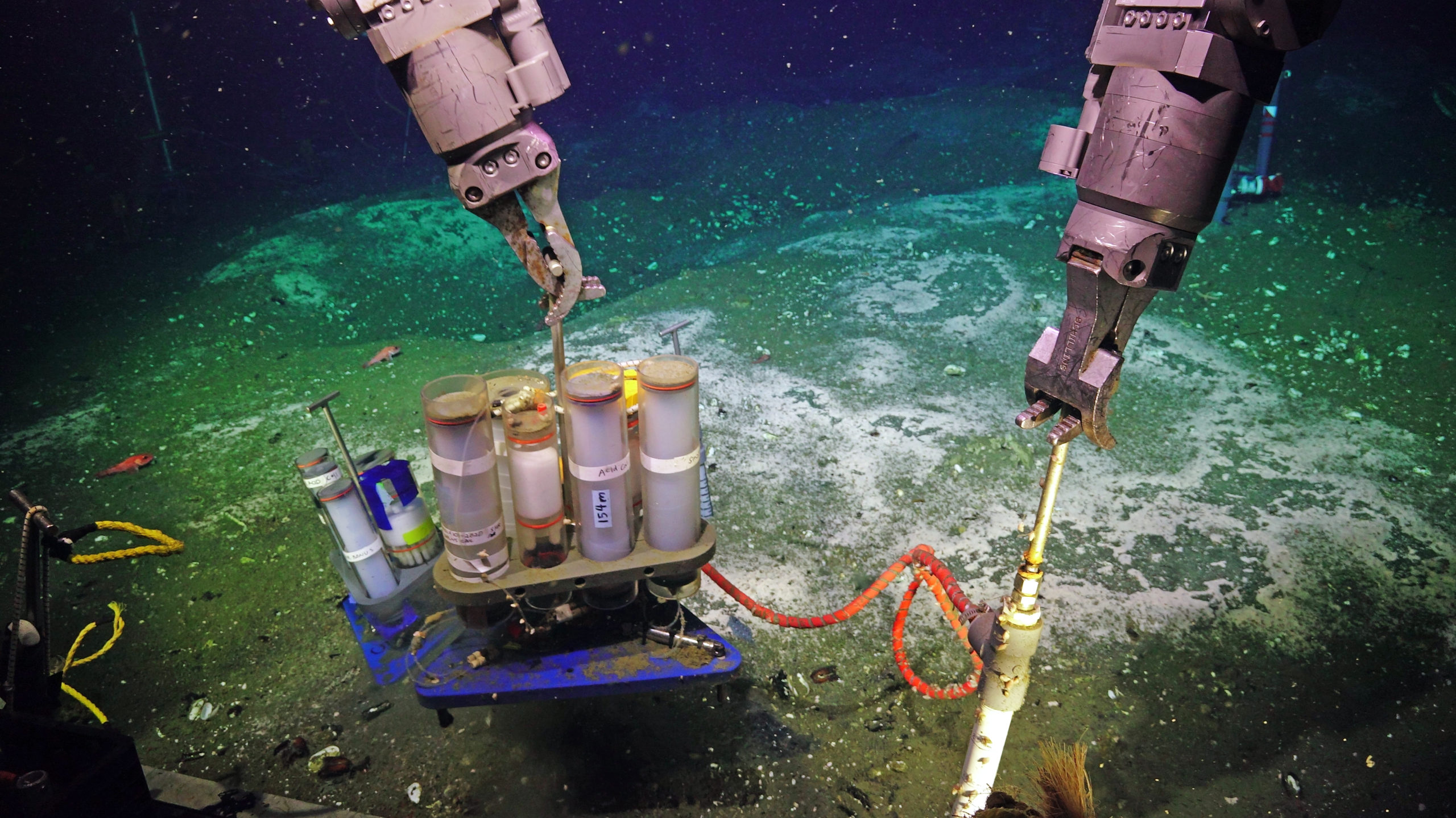














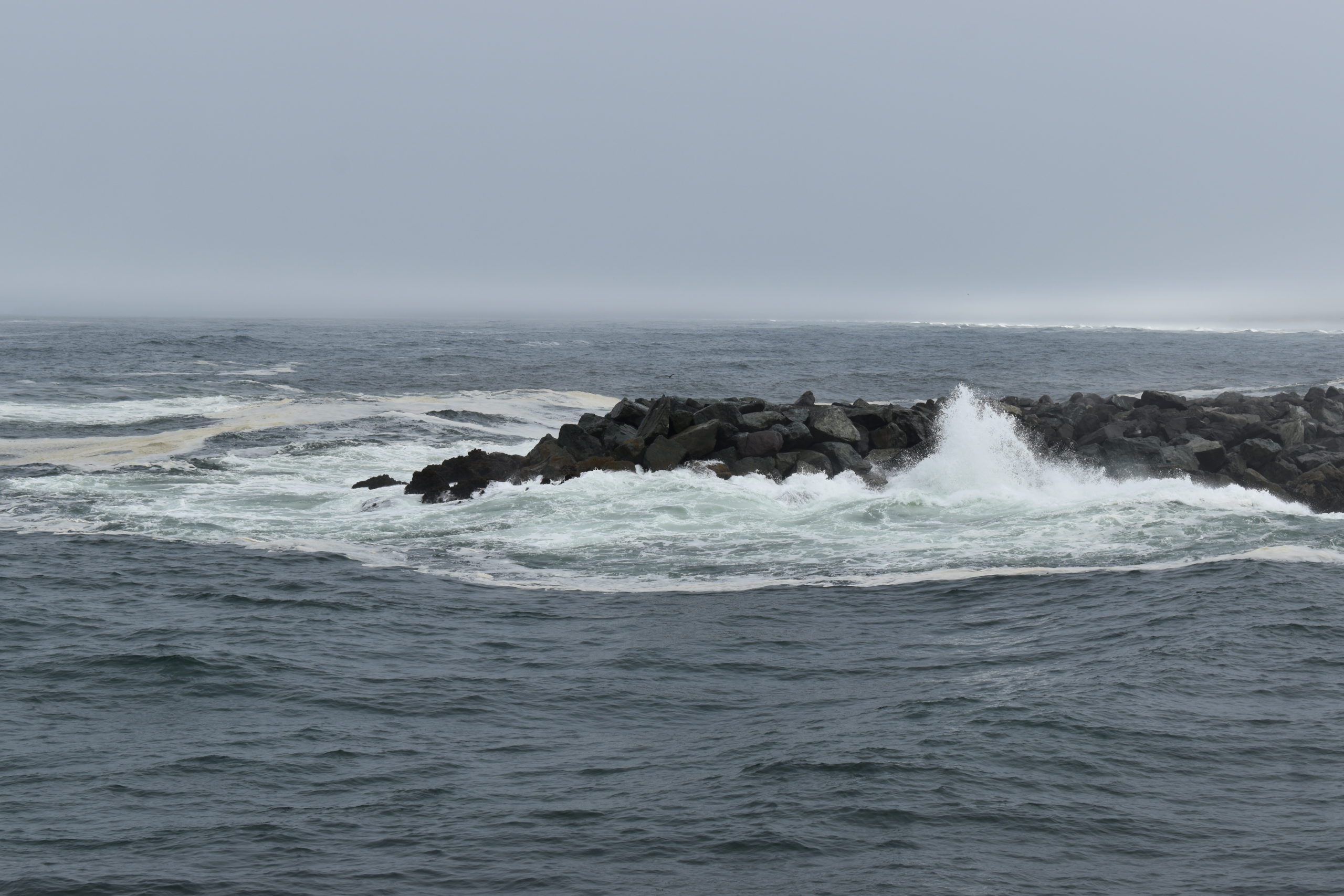


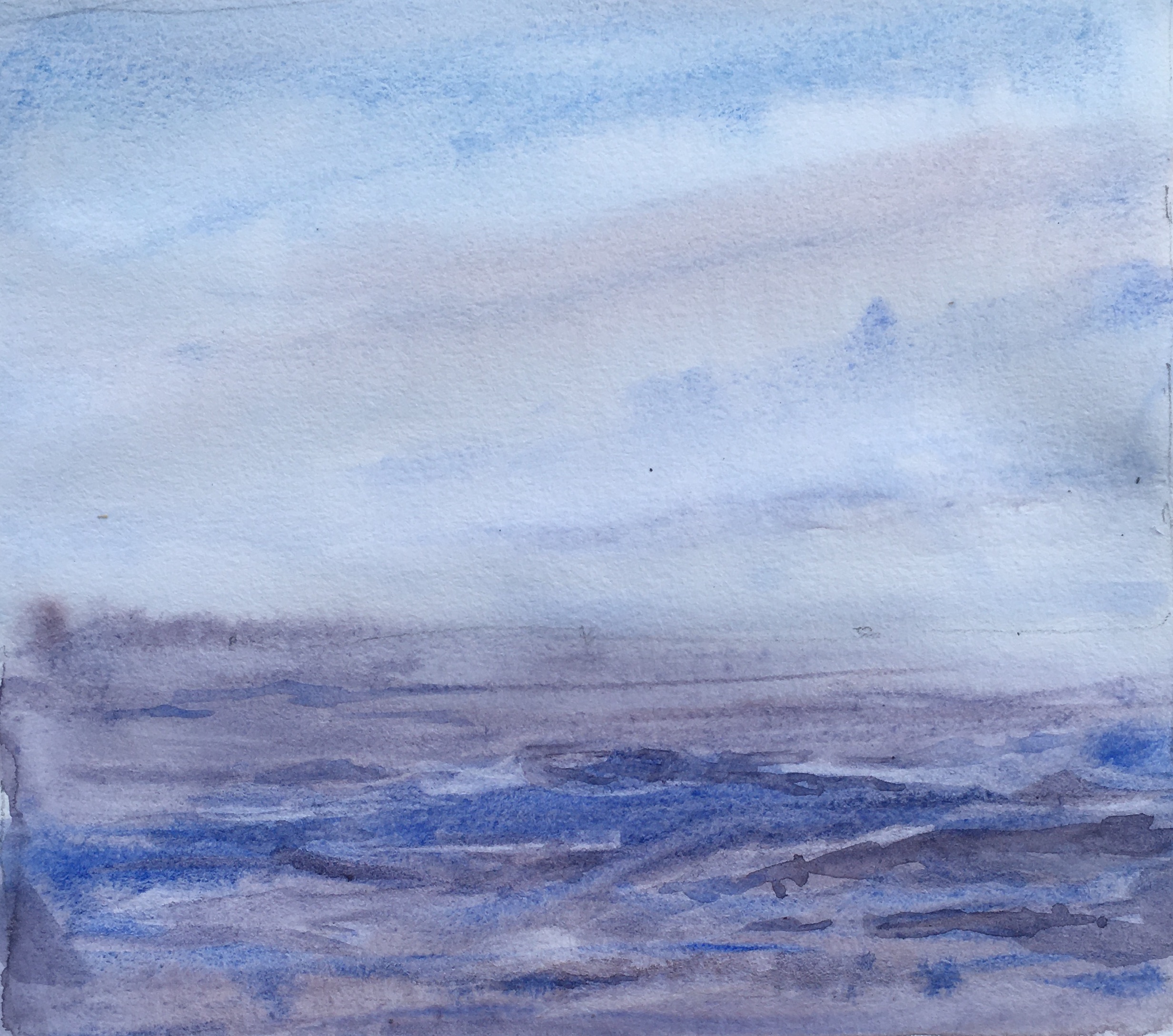


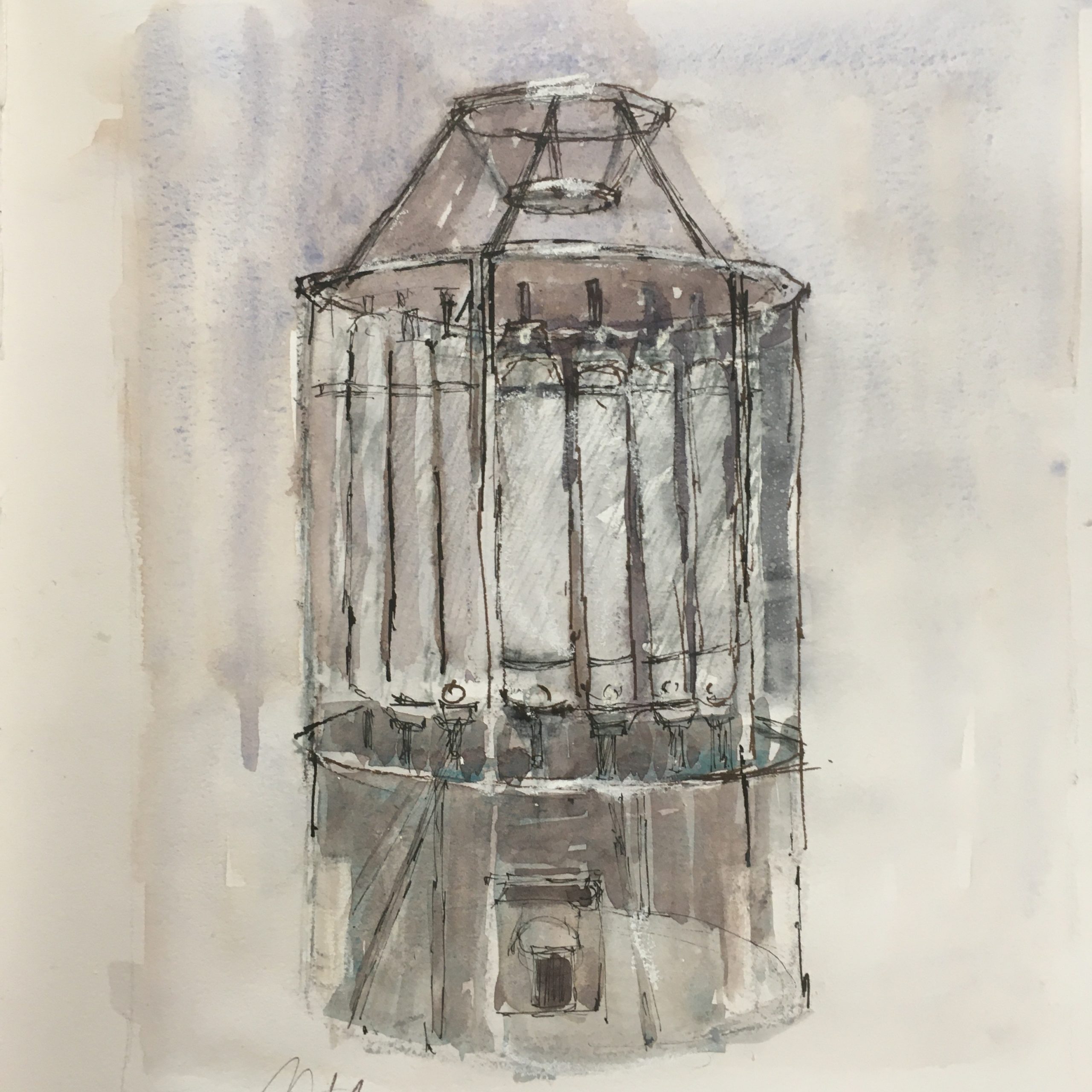





A hermit crab (Pagurus sp.) seen at Southern Hydrate Ridge during VISIONS'21.

Big Red_SHR_1363_sulis_20210814221122

Omo Recovered_1365_2020-2021_sulis_20210815113903

A new Osmotic fluid sampler (left) is installed in adjacent to one deployed in 2020 at an active methane seep site at Southern Hydrate Ridge. White bacterial mats and clams thrive here, supported by the diffuse flow of fluids. Credit: UW/NSF-OOI/WHOI; V21.

The ROV Jason breaches the surface during Leg 3. Credit: M. Elend, University of Washington, V21.

Cropped image of the Tiny Towers site.

Jason Launch at Oregon Shelf

Tubeworms and limpets (cropped image) thriving at on the active edifice called Mushroom. Credit: University of Washington.

Cropped image of an anemone and sea pigs near PN1B. Credit: UW/NSF-OOI/WHOI; V21.

Cropped image of a granadier and sea pigs near PN1B. Credit: UW/NSF-OOI/WHOI, V21.

Cropped image of a water color by C. Gill during Leg 3 of the RCA VISIONS'21 expedition. Credit: C. Gill, University of Washington, V21.

Spiny sea urchins that came aboard the Thompson. Credit: C. Gill, V21.

A watercolor of the APL team around a Deep Profiler vehicle. Credit: C. Gill, V21.

Aug21PaintingtheDeck2

A painting of Deep Profiler operations as viewed from the O2 deck on the Thompson. Credit: C. Gill, V21.

Sketch of the Jason contol van showing the logging station in the foreground and myriad Jason monitors behind. Credit: C. Gill, V21.

This blue shark was the highlight of the Deep Profiler Dive at Slope as it moved in an out from in front of the ROV’s camera.Credit: UW/NSF-OOI/WHOI; Dive J2-1367; V21.

Waves crashing over the bar as we departed Newport are always a fun sight as you head out to sea, (unless of course you get seasick). Nonetheless I always enjoy watching crashing waves as we shove out. Credit: M. Elend, University of Washington, V21.

CTD_Sketch Cathe

Garys and blues

Water color of the ocean meeting the sky. Credit: C. Gill, V21.

Aug20GraysBlueswc

Waves great the participants on Leg 3 of the RCA VISIONS'21 expedition. Credit: C. Gill, V21.

Painting sketch of the CTD Rosette onboard the R/V Thompson, VISIONS'21. Credit: C. Gill, V21.

Water color of the Yaquina Bay Bridge In Newport Oregon. Credit: C. Gill, V21.

Pencil drawing of the R/V Thompson: Credit: C. Gill, V21.

A Pom Pom anemone at the Slope Base site. Credit: UW/NSF-OOI/WHOI; V21.

Octopus at the Oregon Offshore site, 600 m beneath the oceans's surface. Credit: UW/NSF-OOI/WHOI, V21.
- Anemone
- Animal
- Arthropod
- ASHES
- Axial
- Axial Base
- Axial Biology
- Axial Caldera
- Bacteria
- Basalt Lava
- BEP
- Biofouling
- biolgoy
- Biology
- Camds
- Camera
- Camhd
- Central Caldera
- Ciliates
- Cnidaria
- Coastal Biology
- Crab
- Deep Profiler Mooring
- Dive Highlights
- Eastern Caldera
- Echinoderms
- Endurance Array
- Engineering Team
- ENLIGHTEN 10
- Exploratorium
- Fish
- Geology
- HD Camera
- HPIES
- Hydrate Ridge
- Hydrates
- Hydrophone
- Hydrothermal Vents
- Illustration
- Inshore 80 Meters
- Instrument
- International District
- J-BOX
- Jason
- Jellyfish
- Junction Box
- K12
- Lava
- Mollusk
- Moorings
- Nodes
- Nudibranch
- Octopus
- OOI
- Oregon Offshore
- Oregon Offshore 600 m
- Oregon Shelf
- Oregon Slope Base
- People
- PN1B
- PN1D
- Polychaetes
- PPSDN
- Primary Node
- RASFL
- ROCLS
- ROPOS
- ROPOS Dives
- ROV Team
- RV Revelle
- RV Sikuliaq
- RV Thompson
- Salp
- Sample
- SC13
- Science Team
- Sea Cucumber
- Sea Star
- Sea Urchin
- Seafloor
- Seismometer
- Sensors
- Shallow Profiler Mooring
- Shark
- Shipboard
- Shore Station
- Slope Base
- Smoker
- Soft Coral
- Southern Hydrate Ridge
- Sponge
- Squid
- Students
- Students & Guest Participants
- Tmpsf
- Tubeworms
- VISIONS 11 Leg 1
- VISIONS 11 Leg 2
- VISIONS 11 Viewers
- VISIONS 13
- VISIONS 14
- VISIONS 15
- VISIONS 16
- VISIONS 17
- VISIONS 18
- VISIONS 20
- VISIONS 22
- VISIONS 23
- Visualization
